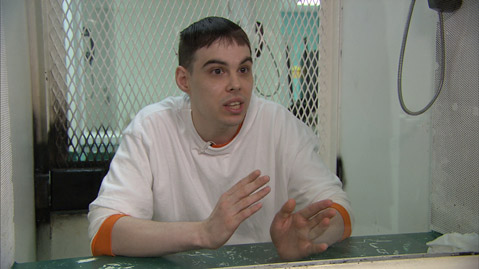Into the Abyss
A film written and directed by Werner Herzog.

Although German-gone-American director Werner Herzog has worked in the documentary field for decades, interspersed with his distinguished and strange feature filmography, the quirky inquisitor has been on a roll in the last several years. Herzog’s latest, Into the Abyss, a poignant and sometimes chilling documentary about the death penalty and all angles of a Texan multiple-murder case, follows on the heels of Grizzly Man, Encounters at the End of the World, and last year’s Cave of Forgotten Dreams, some of the most fascinating and creative documentaries of the 21st century.
Each of these films addresses a radically different subject, but all could be connected to the director’s abiding interest in taking on extremes of experience — both human and geological —and his curiosity about the curious nature of humanity, in all its unpredictable twists and turns. Thanks to the filmmaker’s own anti-death-penalty perspective, laid out early in the film, and the innately pained encounter with a doomed, fresh-faced young murder convict, Michael Perry, interviewed shortly before his visit to the Huntsville, Texas, “death house,” Into the Abyss lives up to its title.
Whereas Michael Moore’s showboating intrusion in his documentaries can seem pompous and distracting, Herzog’s role as off-camera, omniscient interviewer and narrator is something else altogether. No garden-variety journalist, Herzog loves nothing so much as following a lead at least slightly off-topic, from a prison chaplain’s life-affirming encounter with squirrels to unflinching discussions with the wife and father of the second murder convict in the case.
In this case, said “abyss” could also refer to the house of mirrors that is the human experience, and the fuzzy, Rashomon-like trail of truth surrounding an incident: in this case, a triple murder in Conroe, Texas, all over the lust for a red Camaro. As with Grizzly Man, Herzog draws on the scrappy, once-removed source of “found video” — here, the police’s post-crime videography, colored by the ethereal, mournful music by Mark Degli Antoni, with haunting violin parts by Lisa Germano. A different kind of haunting hovers over Herzog’s slow roaming shots of the small, clinical room in the “death house” where the gurney of death awaits its occupants. It’s another kind of cave of forgotten dreams, and lost lives, but also surprising rays of hope and appreciation of life.



